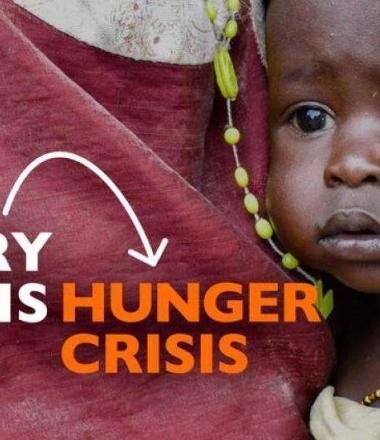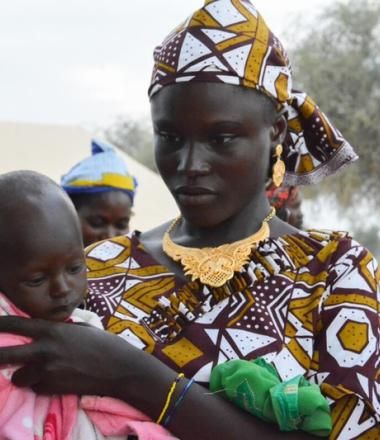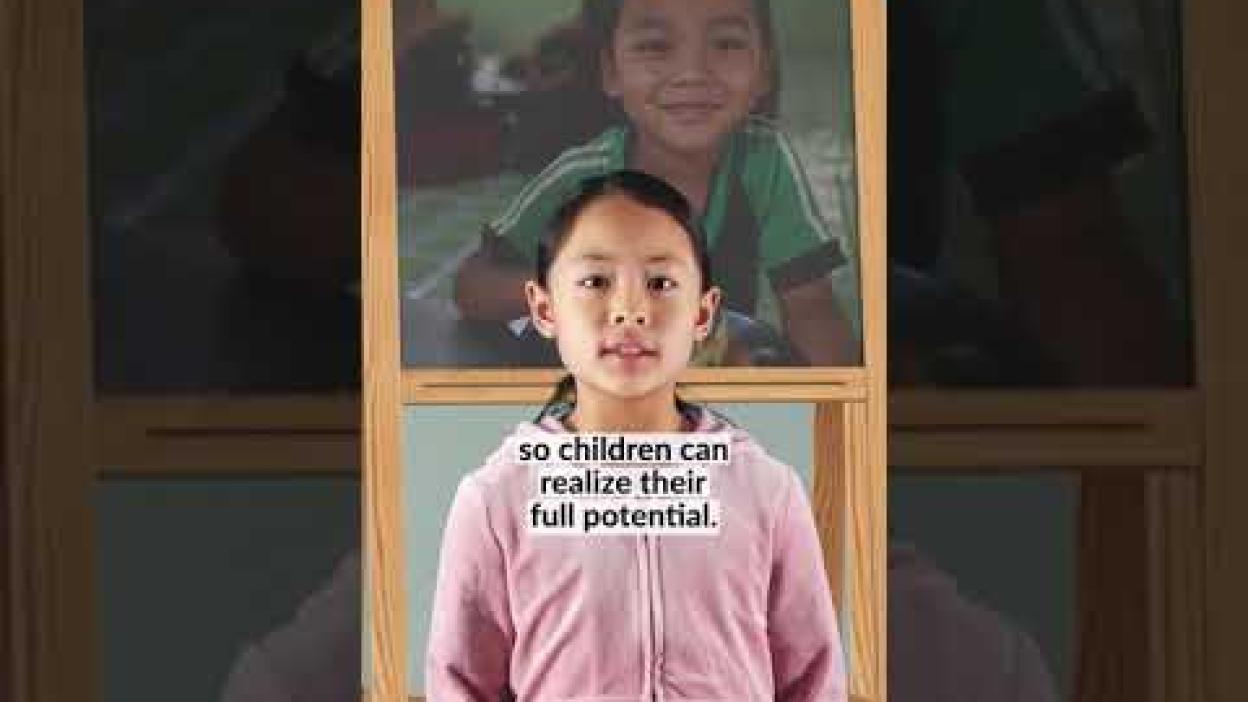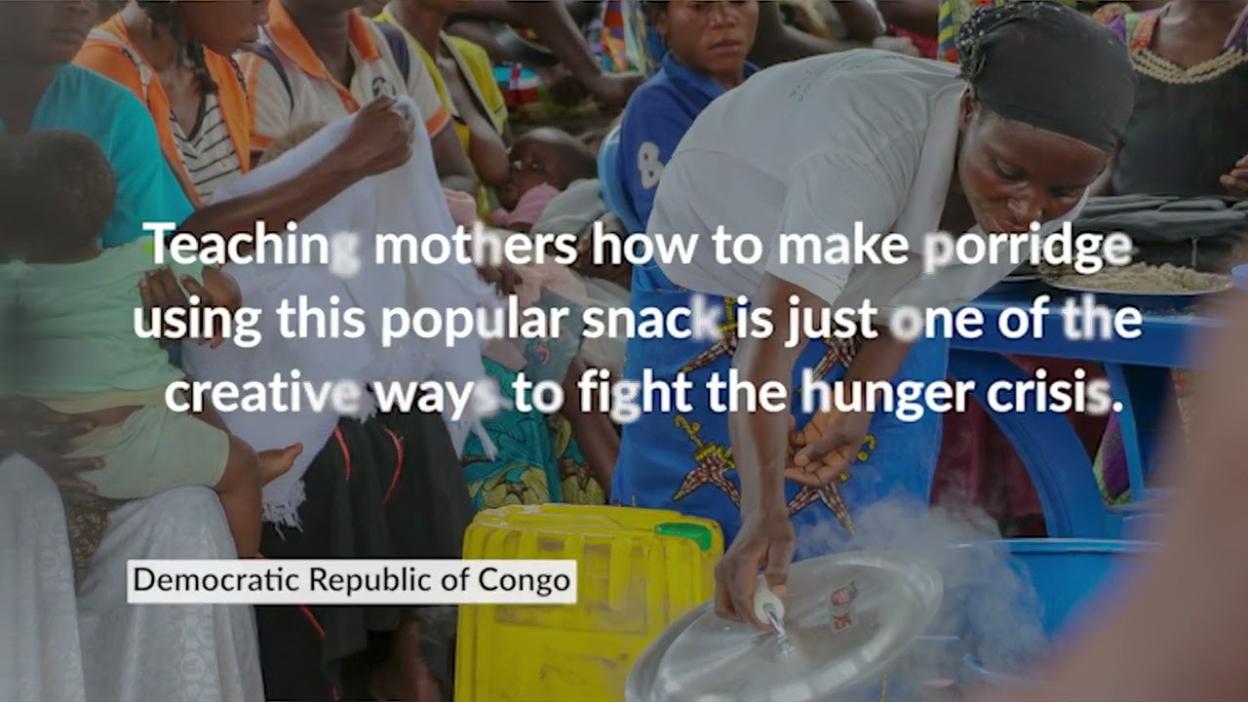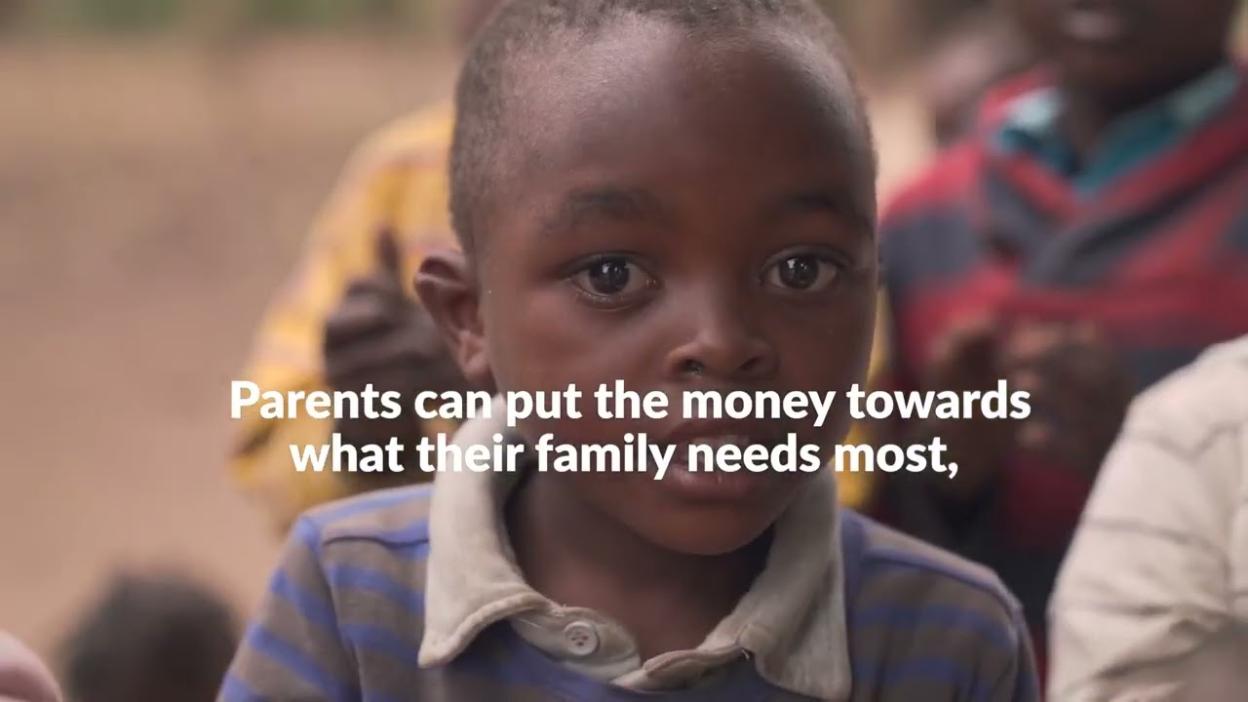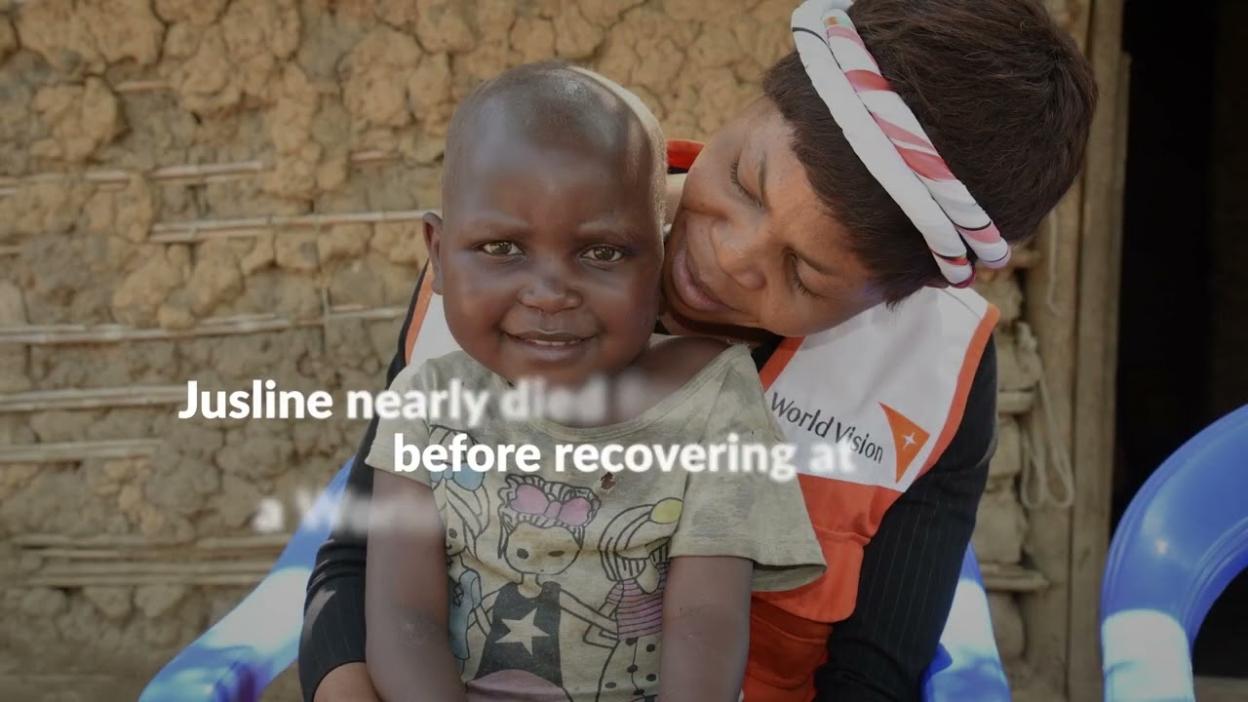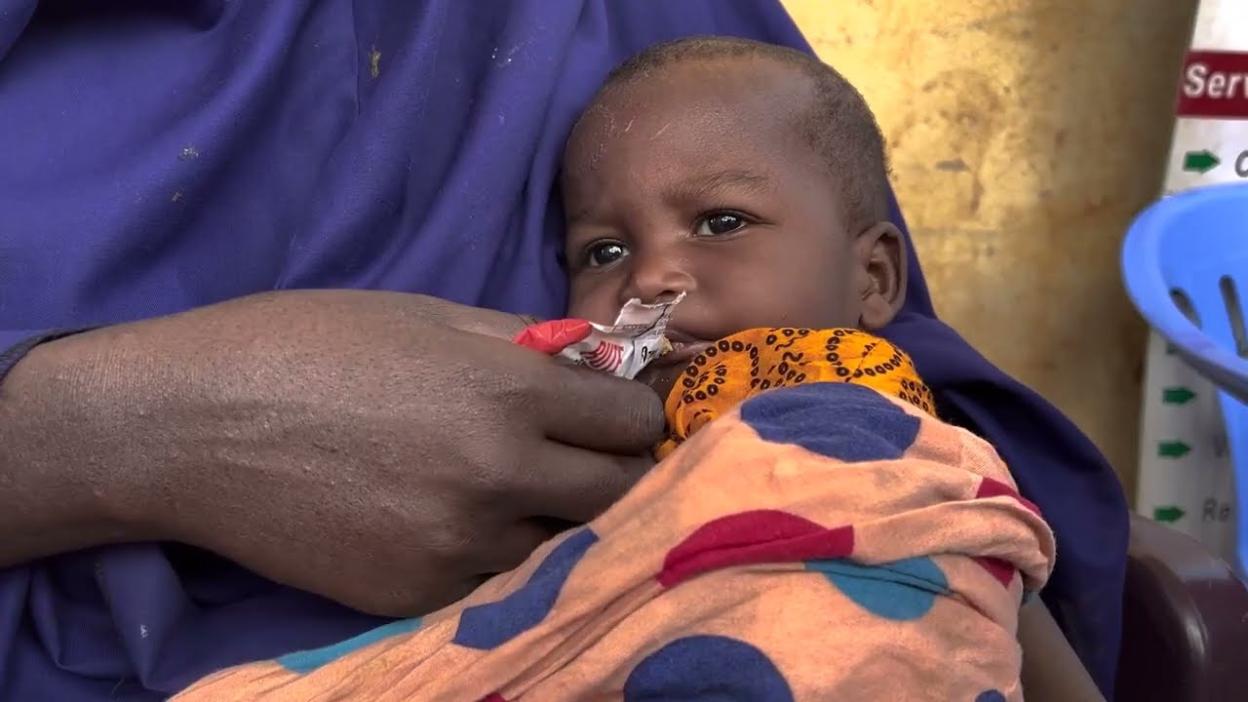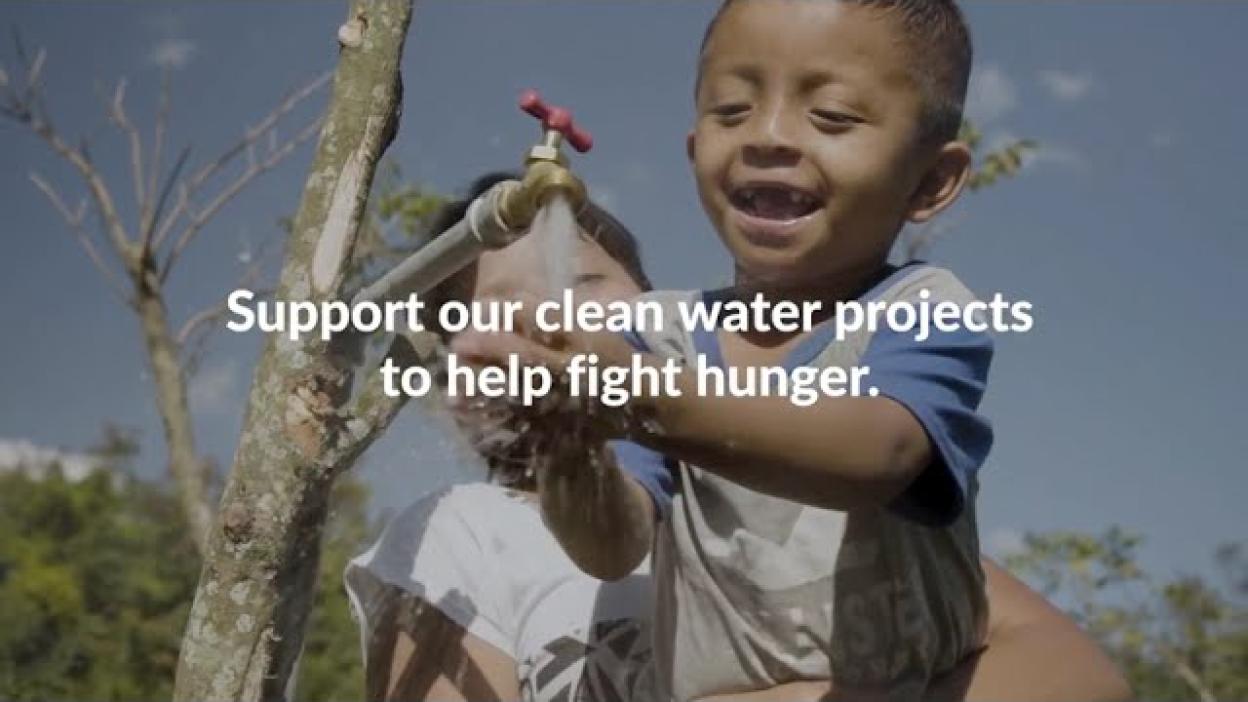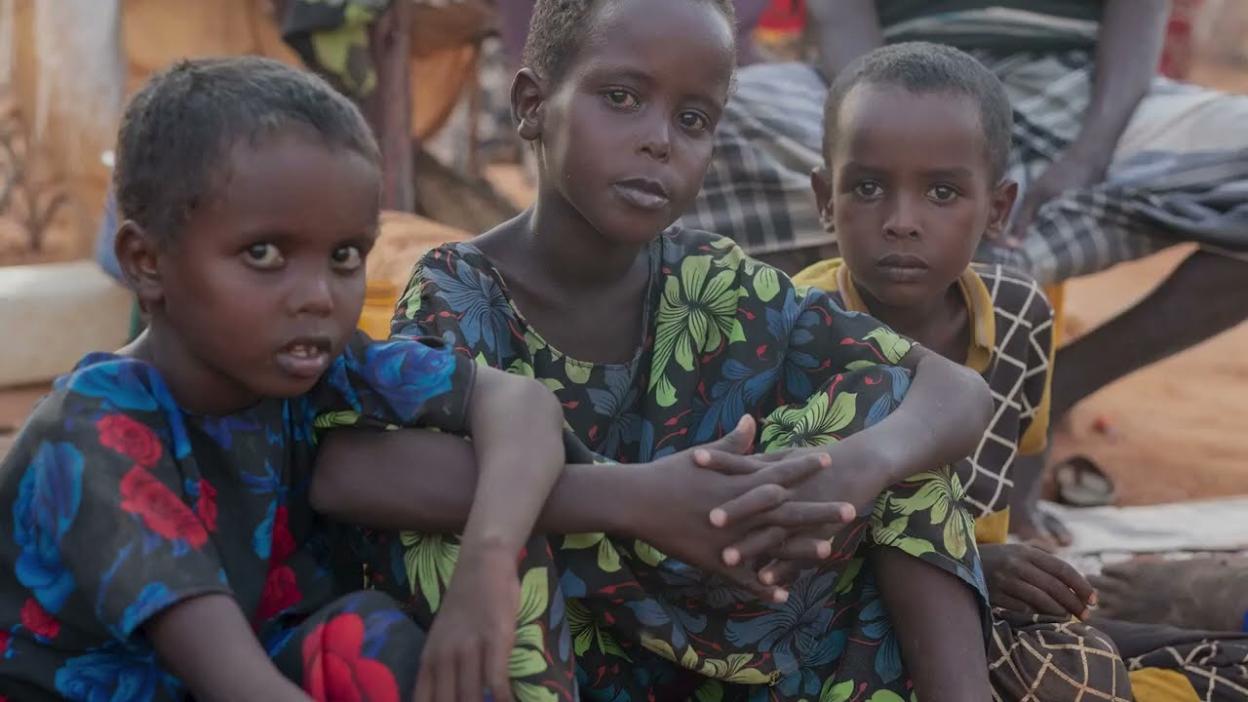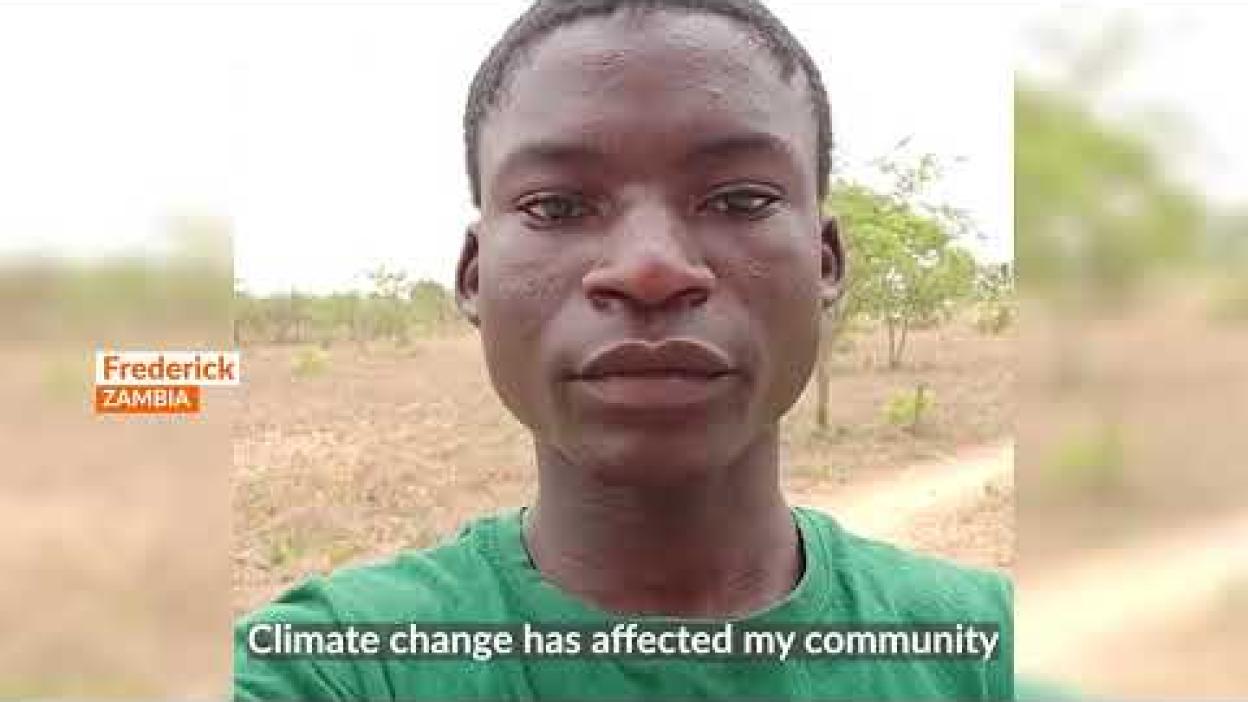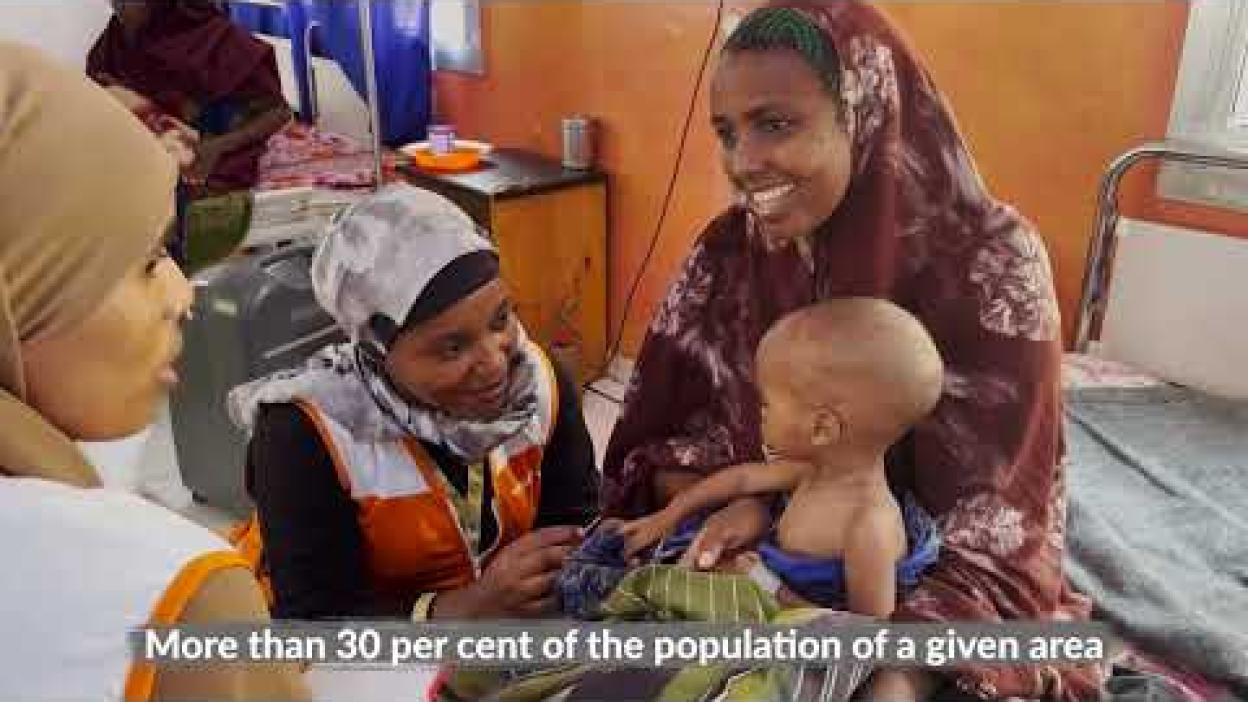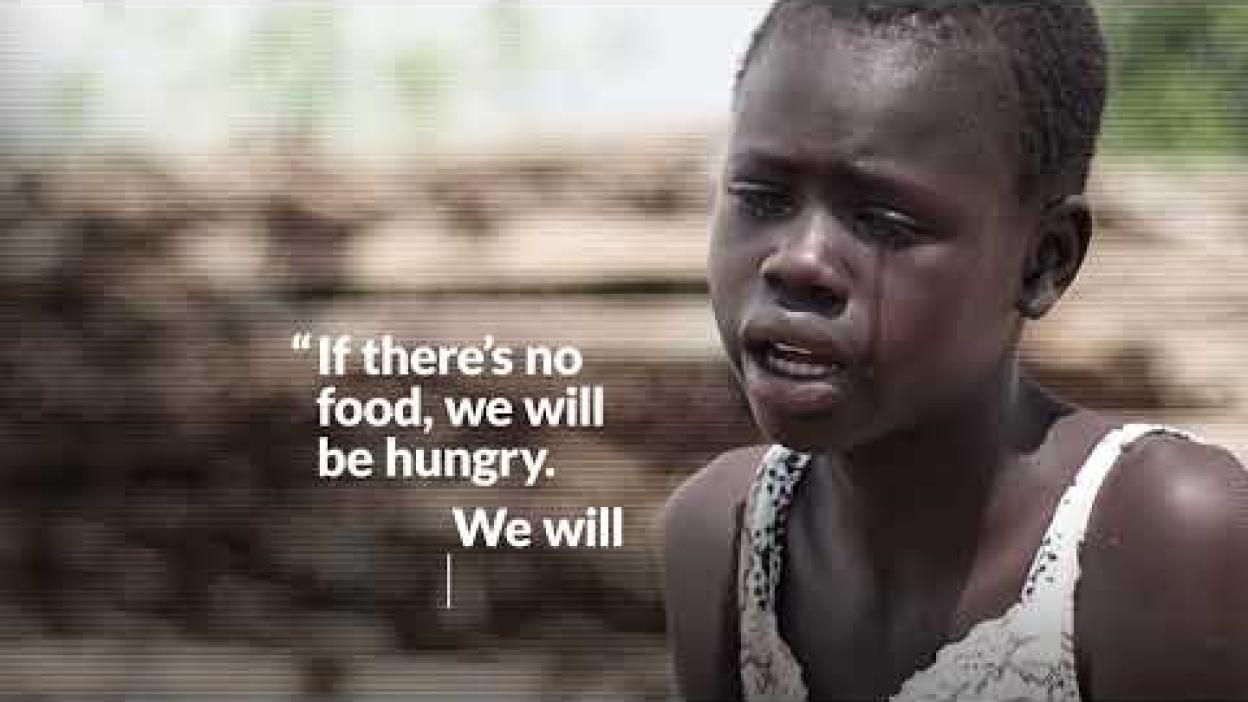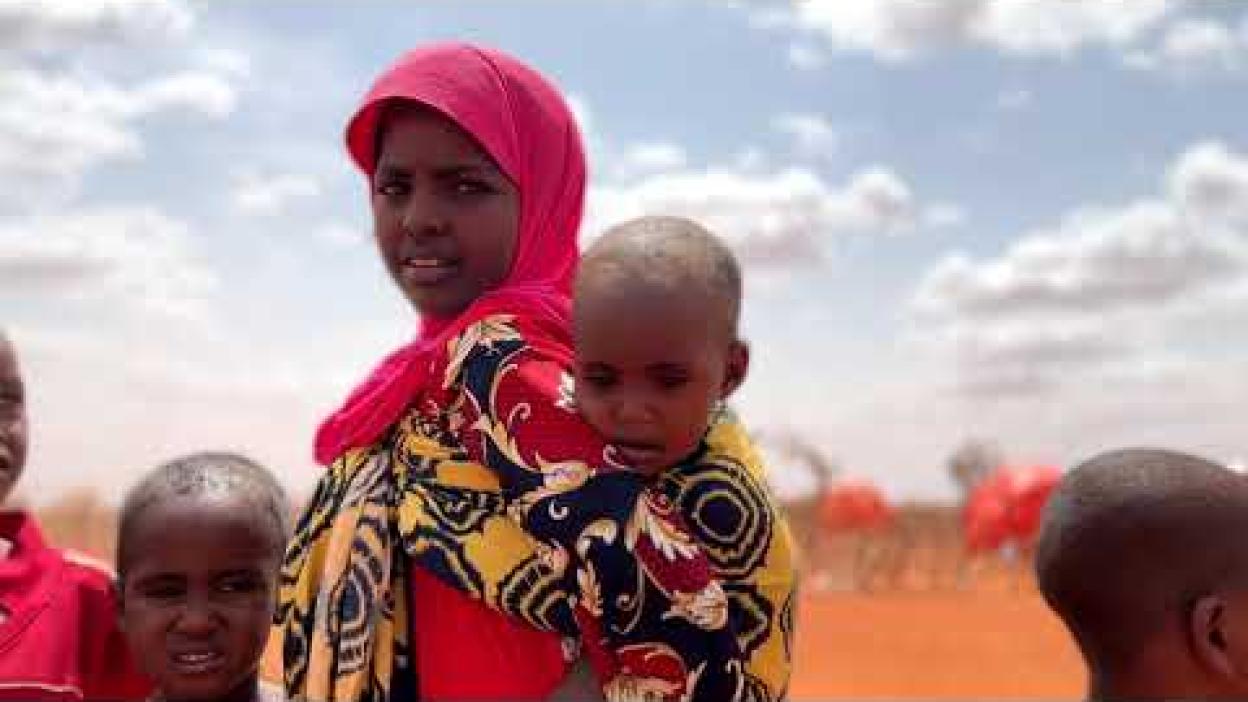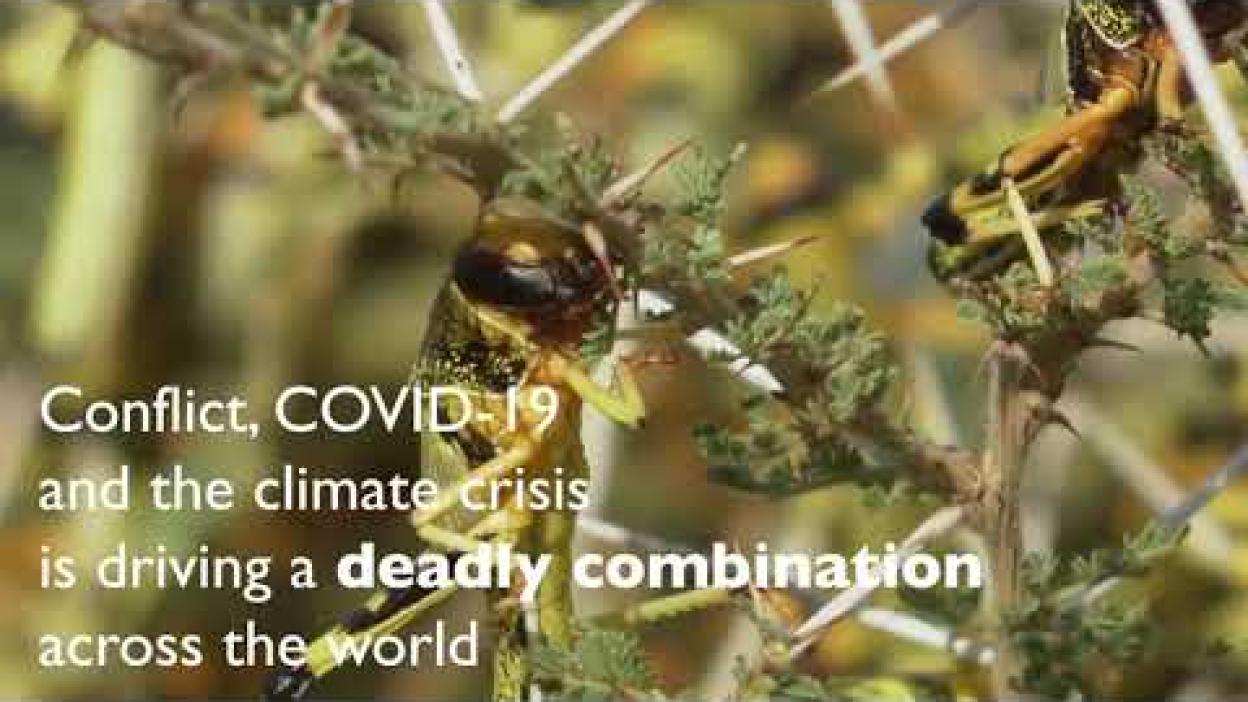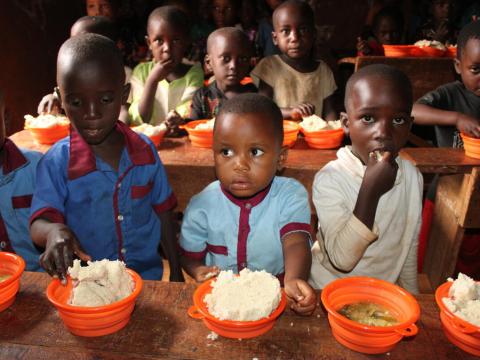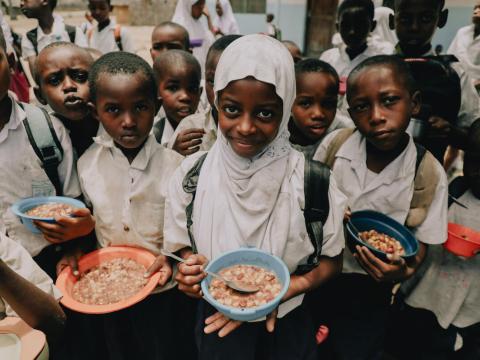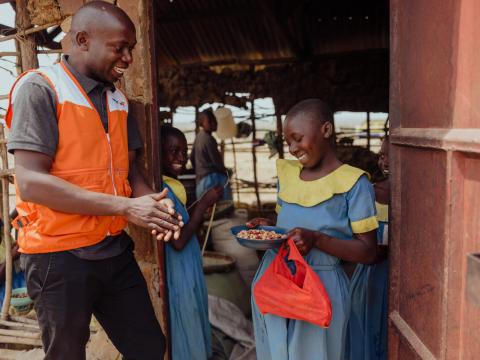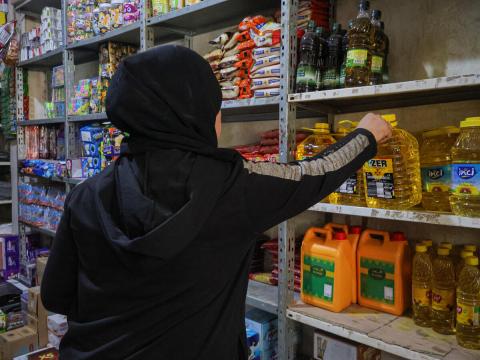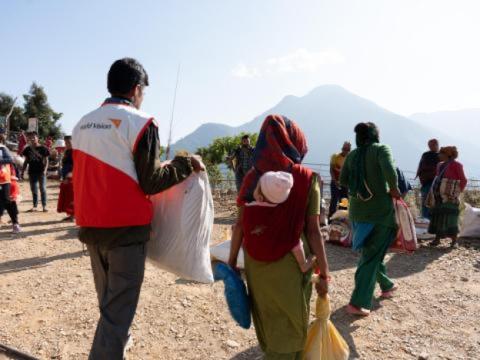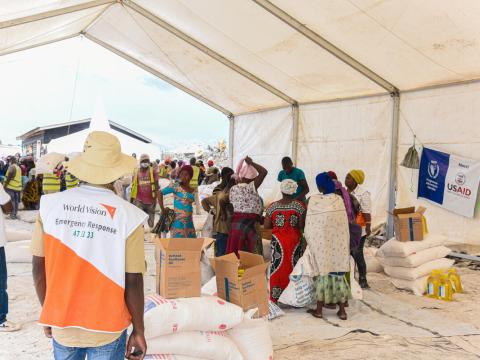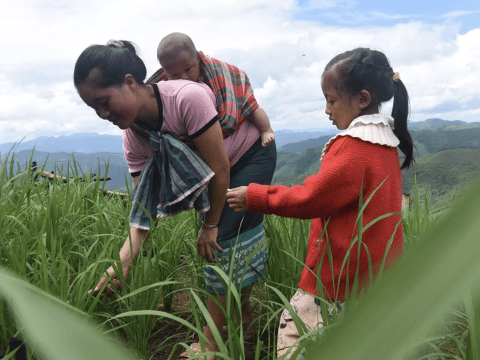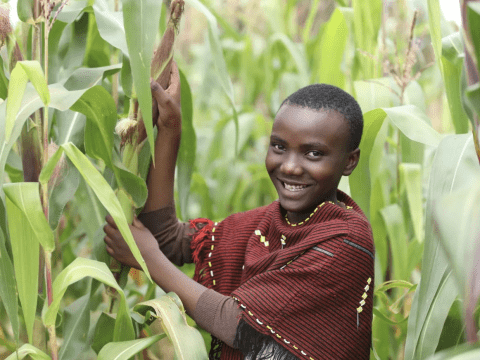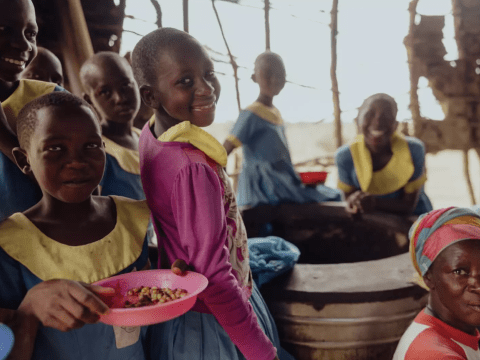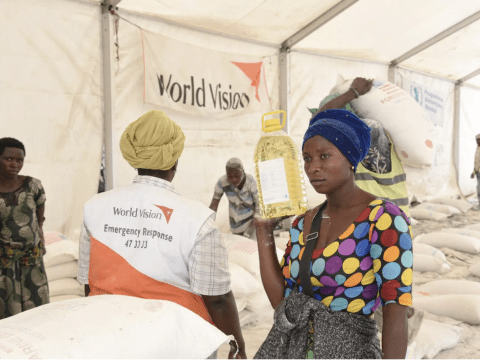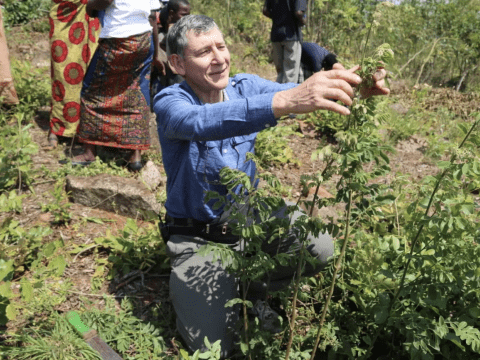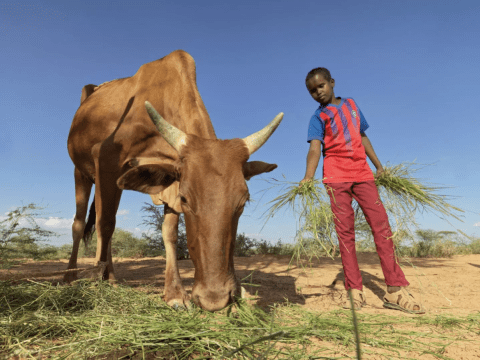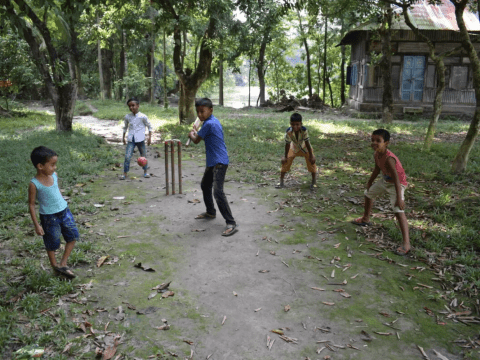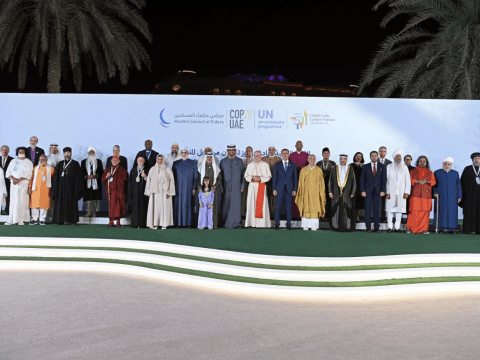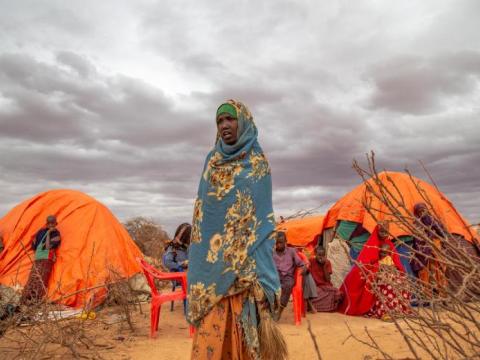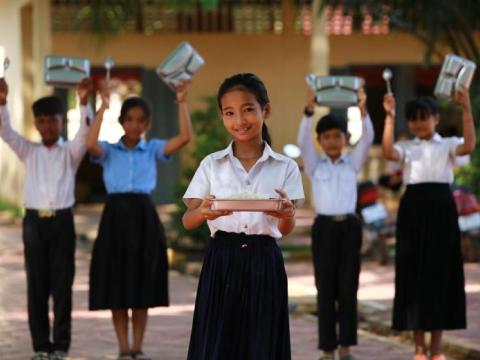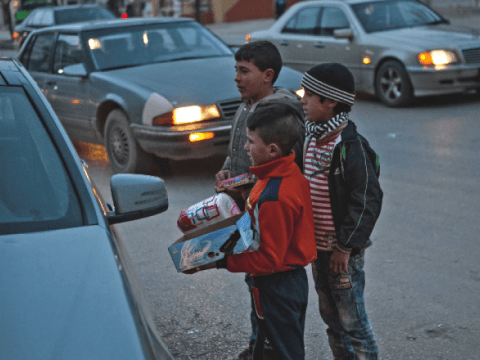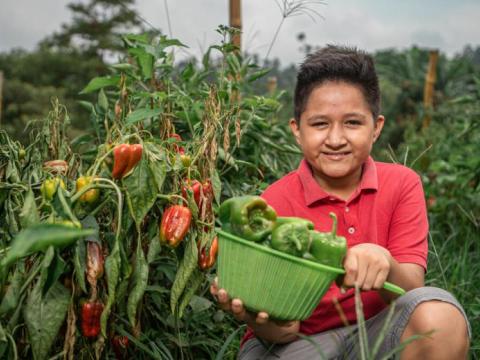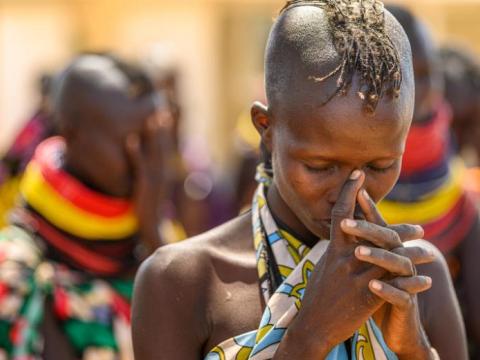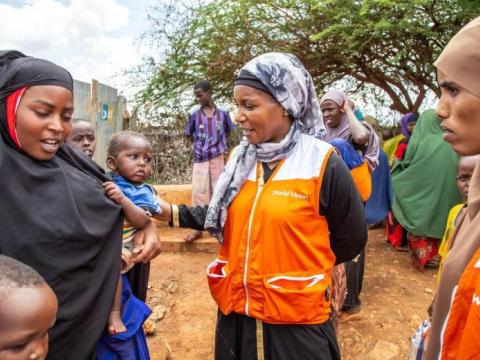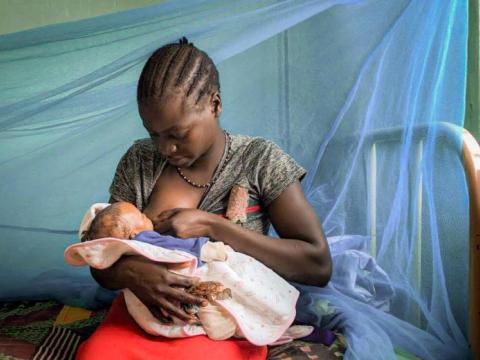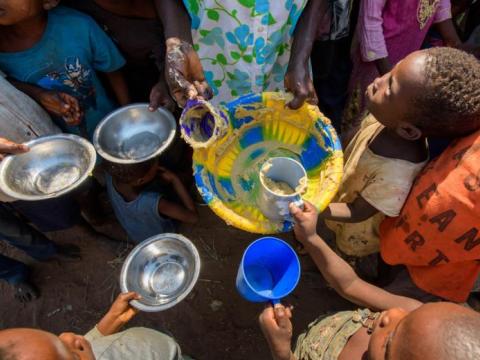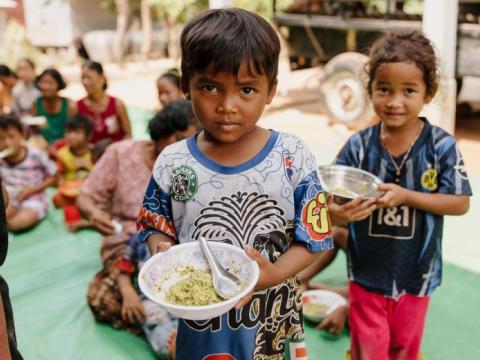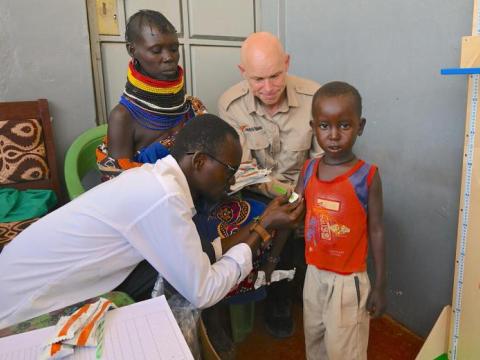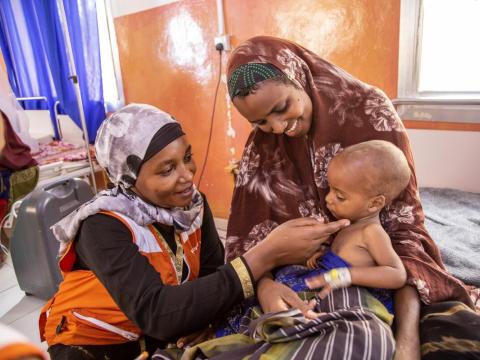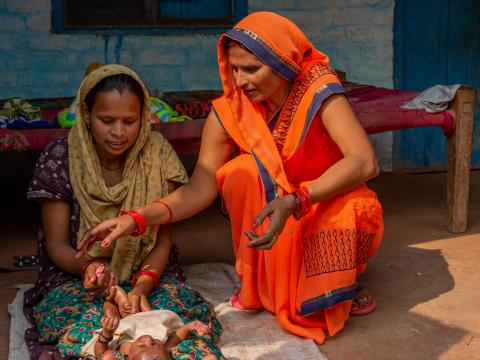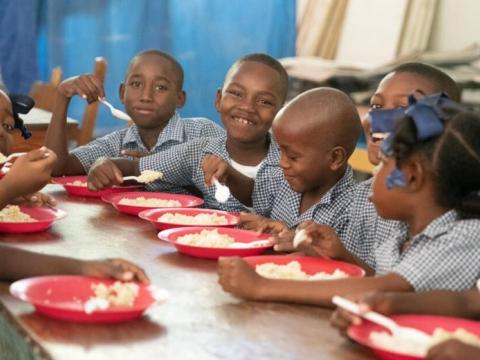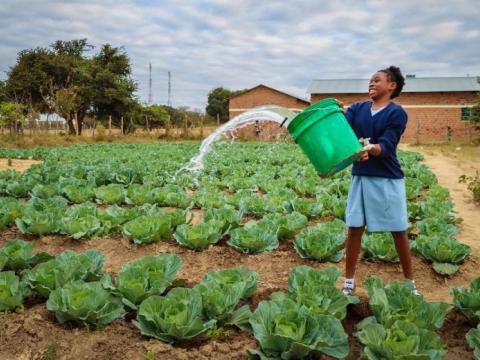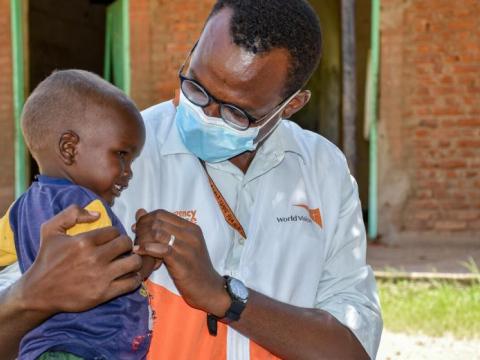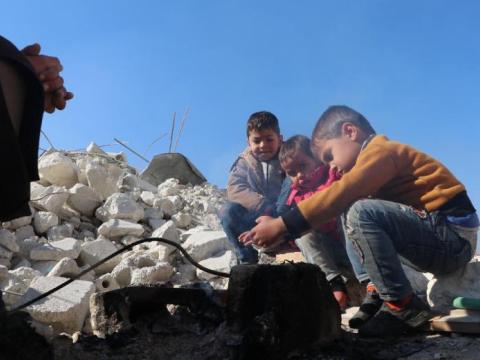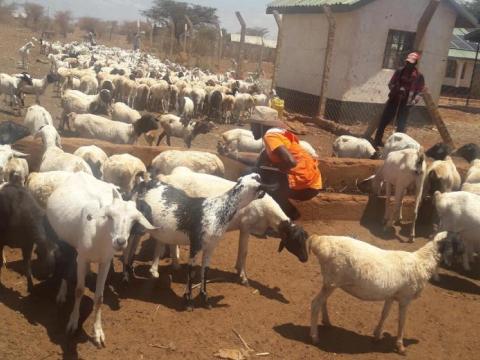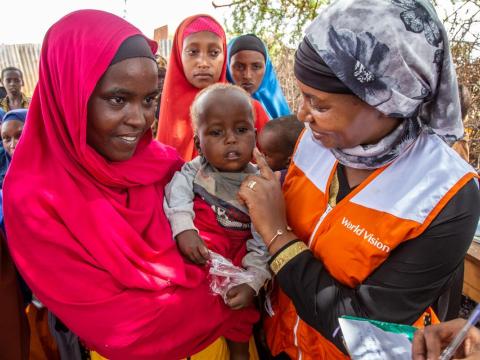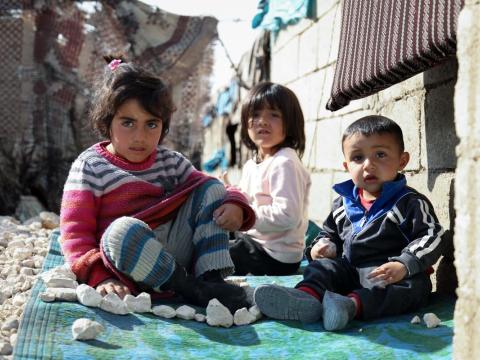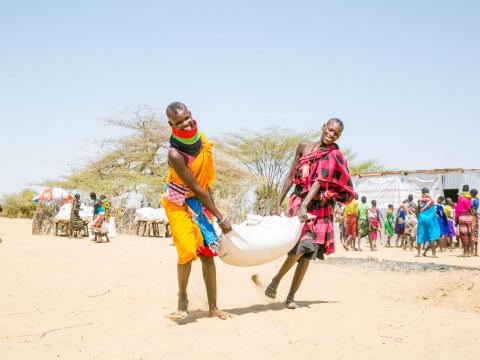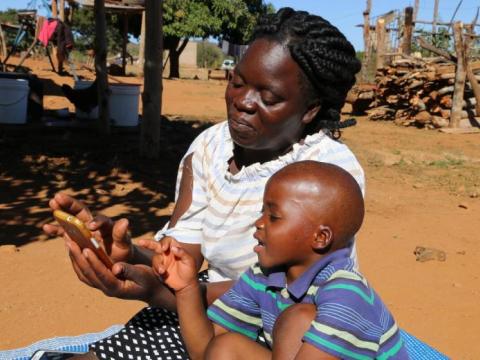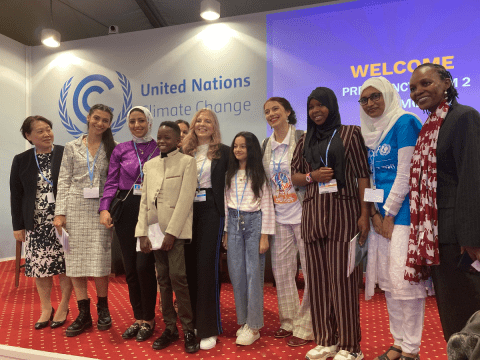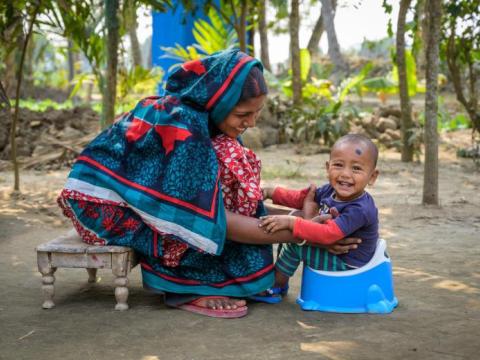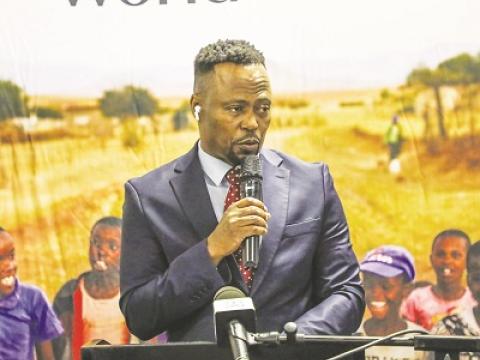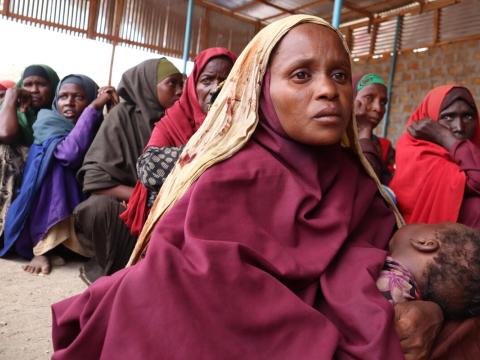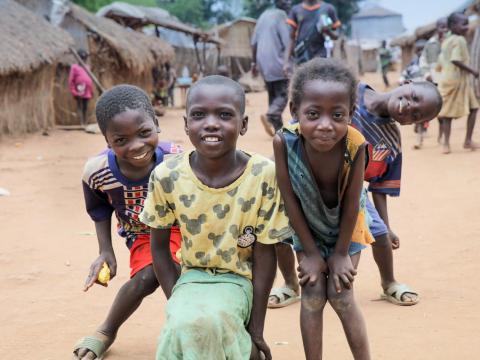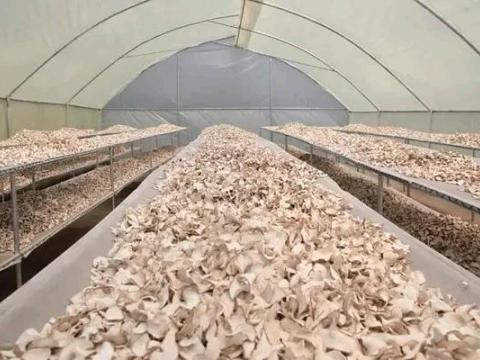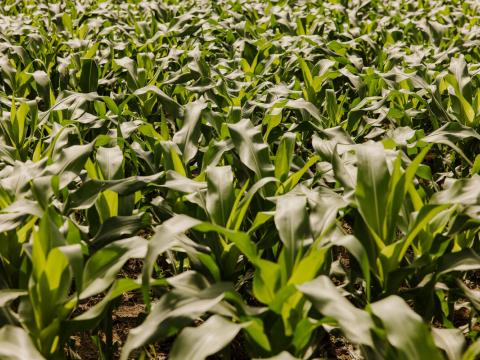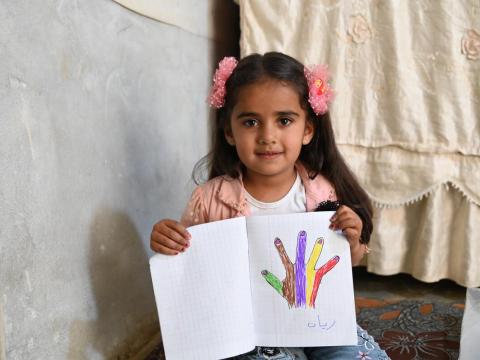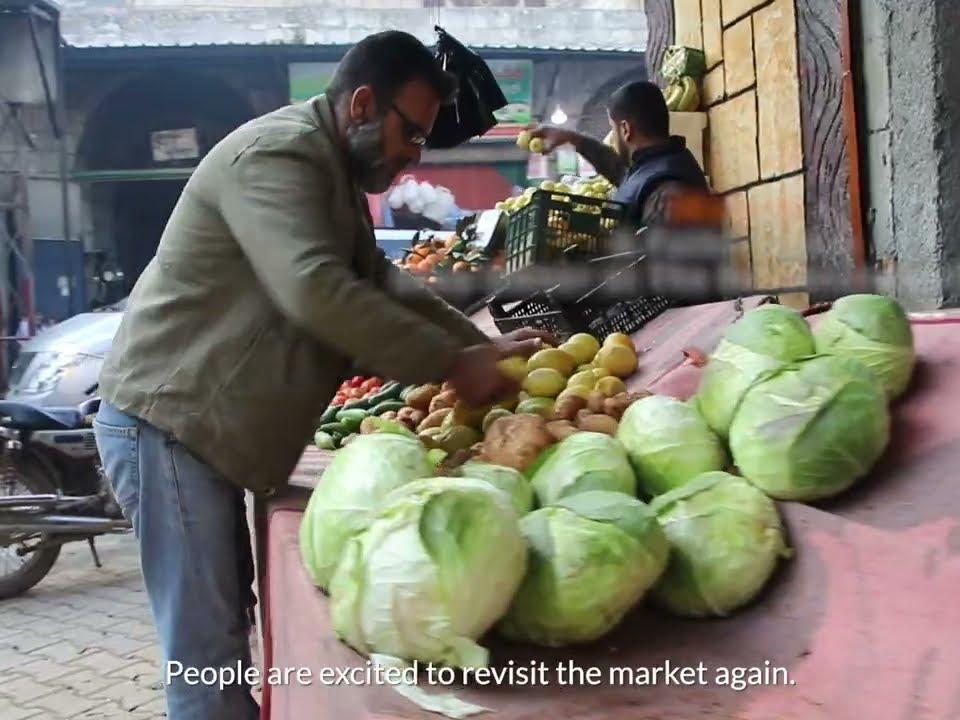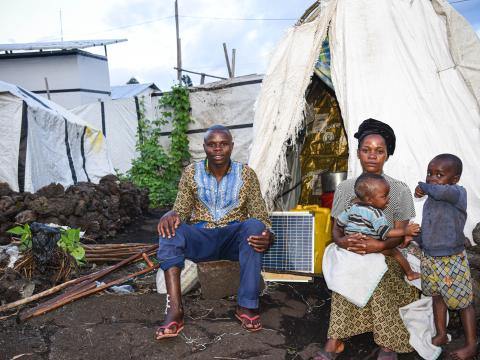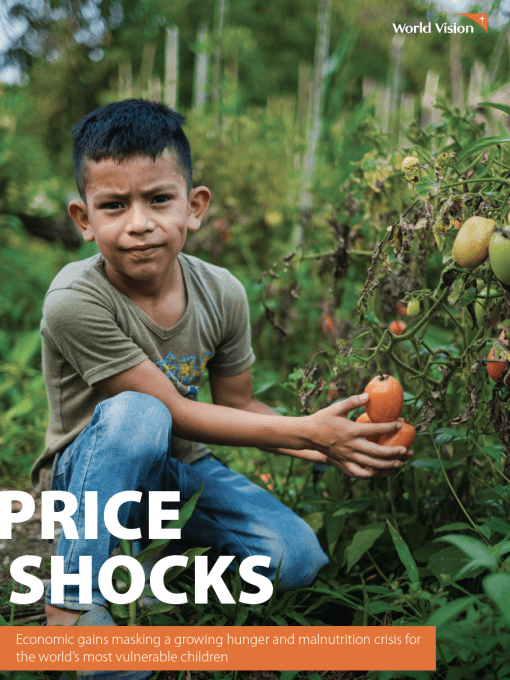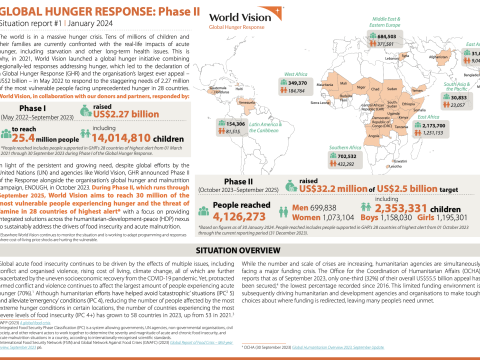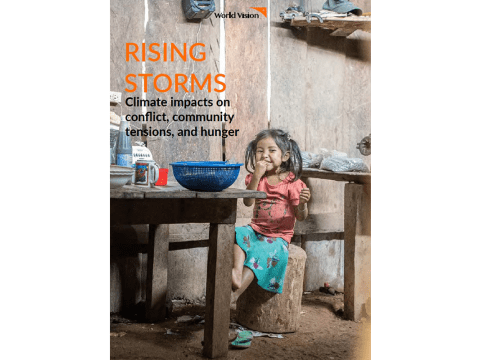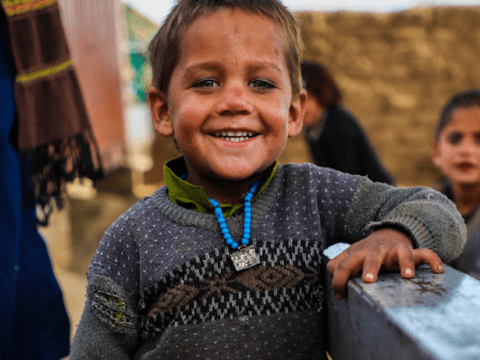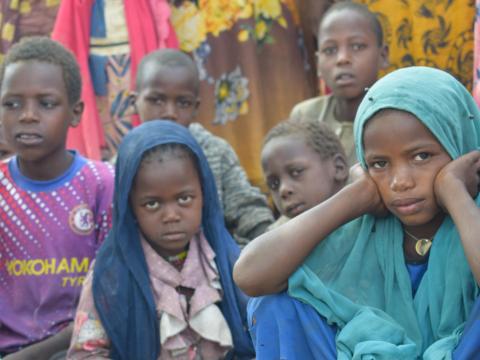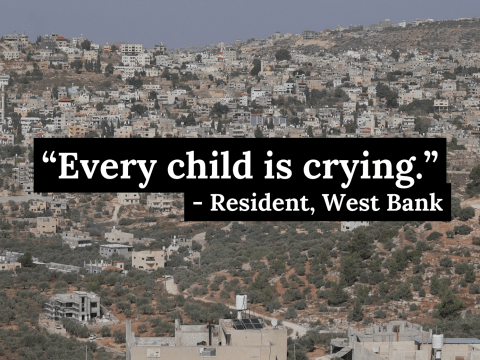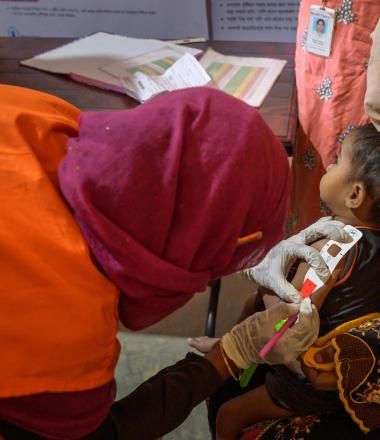Global Hunger Crisis
Behind every crisis there is hunger
Around the globe children are not just starving, they are being starved. The impact of multiple conflicts, and now war in Ukraine, is creating a perfect storm for the world's most vulnerable girls and boys. Adverse effects of climate change such as droughts, floods, extreme storms, and unpredictable weather have destroyed crops and incomes, even leading to massive locust swarms in some countries. An uneven recovery from the COVID-19 pandemic and inflation have led to global price hikes for food and other basics. Meanwhile conflicts and violence in multiple places around the world are uprooting millions, and destroying homes, lives, and livelihoods. On top of this, the impact of the war in Ukraine – the wheat basket of the world – is global. Its grain exports have been choked off, reducing emergency food aid to refugees, and driving up food prices everywhere.
While the wealthy world grapples with a cost-of-living crisis, the earth’s most vulnerable people are struggling with dire hunger, starvation, and the looming threat of famine.
The numbers facing extreme hunger are staggering. If you stood 35 million people shoulder to shoulder the line would stretch nearly 10,000 miles (~16,000 kilometres) – from London to Beijing and back, or 23 round-trips from London to Paris. The number of starving would fill more than 41,000 A380 SuperJumbos – the world’s largest passenger aircraft. The number of people enduring acute food insecurity has nearly doubled over the last four years, and the situation is worsening in many hunger hotspots around the globe.
It’s disheartening. We know. But we also know how to help.
Food assistance and other life-saving support is immediately needed to prevent the deaths of thousands of people. Despite efforts from the United Nations (UN) and agencies like World Vision, needs continue to outpace international funding.
World Vision is responding to this global emergency with a US$2.5 billion appeal – the largest-ever appeal for a global humanitarian response in organisational history. The Response is targeting 30 million people in 28 countries of highest concern where children are one step away from famine, living with acute malnutrition and facing the threat of civil unrest and other vulnerabilities, with life-saving aid and assistance. Elsewhere World Vision continues to monitor the situation and is working to adapt programming and responses where cost-of-living price shocks are hurting the vulnerable.
Thoughts on hunger-related issues by World Vision experts guiding our Response
World Vision responding to hunger-related issues
FAQs
How many people are at risk of starvation around the world?
Nearly 50 million people are on the edge of starvation in at least 45 countries around the world. We have not seen a hunger crisis like this in modern times with countries in Africa, Latin America, the Middle East and Asia all affected. In Yemen, South Sudan, Ethiopia and Madagascar, in total, at least half a million people are living under famine-like conditions. Elsewhere millions are on the cusp of starvation.
What will happen if people do not get food?
There is a lesson for us in the last major famine of 2011 when 260,000 people died in Somalia – half of those were children under five. We also know that that famine declaration came too late, with tens of thousands of people dying before the declaration was even made. If we do not respond immediately and urgently tens of thousands of people will die and a huge percentage of those will be children. We must act now, act quickly and act at scale to prevent mass starvation.
Why is the hunger crisis so bad?
We are seeing a toxic trio of conflict, COVID-19 and the economic impact of COVID-19 together fueling this crisis. Conflicts in places like Afghanistan, Ethiopia, Somalia and South Sudan displace thousands, prevent food getting though and stop farming and harvesting; climate change is creating damaging droughts and sudden floods that ruin crops; and COVID-19 has brought lockdowns that have destroyed livelihoods and daily incomes around the world. Tens of millions of people are now eating less nutritious food, less often and often not at all.
How is the hunger crisis going to impact children?
If we don’t act now with a global emergency food response we could see tens of thousands of children die and many millions left with long-term health impacts. Children will starve to death without urgent food aid. We also know that poor nutrition in the first 1,000 days of a girl or boy’s life leads to poor brain development, permanent impaired mental functioning and lower IQs. Under-fives are also especially at risk from killer illnesses such as malaria, diarrhoea and pneumonia due to their weakened immune systems. Half of the 260,000 people who died in the 2011 Somalia famine were children, aged under 5.
I’ve heard hunger creates other problems too. What are they?
Hungry families do desperate things to survive and this has massive implications for children. First of all hungry families exhaust the minimal savings they may have, and then start to sell off whatever they have to pay for what little – and expensive – food may remain. This means selling off any animals that might still be alive, farm implements, or even their land. If they survive the crisis they are then mired in deeper poverty. Families may also sell off their daughters into early marriage. This means one less mouth to feed and a little income to feed the rest of the family. But girls who end up in this situation suffer abuse, exploitation and are pulled out of school permanently. Their lives are ruined. Other children may be forced to beg, to work in dangerous jobs, or even to join insurgent groups that offer food in return for taking up arms.
In the worst situations whole families and villages may be forced to abandon their homes to trek to cities or displacement camps to find food. The collective impact of these desperate attempts to survive can mark children with long-lasting physical and emotional scars.
I have heard the term IPC used in relation to hunger. What does it mean?
The humanitarian community analyses, compares and categorises food and hunger situations around the world so that it can determine where assistance is most needed, when, and for how many people. It does this using rigorous tools and processes and after gathering field evidence to work out current and projected food security situations in individual contexts. Together this is known as the Integrated Food Security Phase Classification (IPC) system. Contexts that are assessed fall into one of five food security phases. These are technical terms but simply explained, these are:
1. Minimal: Households can meet their essential food and non-food needs
2. Stressed: Households have minimally adequate food consumption but are unable to afford some essential non-food expenditures without engaging in stress-coping strategies.
3. Crisis: Households either have food consumption gaps that are reflected by high or above-usual acute malnutrition OR are marginally able to meet minimum food needs but only by depleting essential livelihood assets or through crisis-coping strategies.
4. Emergency: Households either have large food consumption gaps which are reflected in very high acute malnutrition and excess mortality OR are able to mitigate large food consumption gaps but only by employing emergency livelihood strategies and asset liquidation.
5. Famine/Catastrophe: Households have an extreme lack of food and/or other basic needs even after full employment of coping strategies. Starvation, death, destitution, and extremely critical acute malnutrition levels are evident. A Catastrophe is when this definition applies at a household rather than an area level.
What exactly is a famine?
There is a technical assessment and process for determining a famine and any announcement of a famine is only made with extreme caution. Naturally governments are very sensitive about a famine being declared.
For a famine to be declared, there must be evidence of these three things:
- At least two people (or four children) a day dying for every 10,000 population
- At least 30% of the population is acutely malnourished
- At least 20% of the population face an extreme lack of food
How is a famine declared?
Strict criteria must be met to declare the “rare and extreme” case of famine, which the IPC describes as the “absolute inaccessibility of food to an entire population or sub-group of a population, potentially causing death in the short term.”
A famine declaration must be approved by the IPC’s Famine Review Committee, made up of leading food security experts. In determining food security phases, the IPC takes into account a wide range of factors, such as weather patterns, economy, access, security, and political stability.
*(To assess this, the weight and height of children aged 6-59 months is measured and compared to a reference population with no nutrition shortages. Children who weigh less than 80% of the median weight of children with the same height in the reference population, and/or a suffering from Oedema, are classified as suffering Global Acute Malnutrition.)
What are the 28 countries World Vision is responding in?
Ethiopia; Kenya; Somalia; South Sudan; Sudan; Uganda; Tanzania, Angola; the Democratic Republic of Congo; Eswatini; Lesotho; the Central African Republic; Chad; Burkina Faso; Mali; Mauritania; Niger; Sierra Leone; Guatemala; Haiti; Honduras; Venezuela; Afghanistan; Lebanon; Syria; Yemen; Myanmar; Sri Lanka.
What is World Vision doing to help?
We're working in the following key areas:
-
providing drinking water and keep people clean and free of diseases by delivering sanitation services
-
keeping families and children alive with food or income support
-
providing emergency nutrition to extremely malnourished children, pregnant women and mums who are breastfeeding
-
helping farmers and workers whose livelihoods are at risk of failing, with tools, animals, training and support
-
protecting at-risk children from mental health and physical harm
How can I help?
You can make a donation towards our Global Hunger Response today and help reach the most vulnerable children in their families being impacted by the hunger crisis.
You can also join us in prayer and action. We are calling on faith communities around the world to understand the important role of their brothers and sisters who are faith leaders in vulnerable communities and build solidarity in taking action to address humanitarian needs and build more just food systems.
